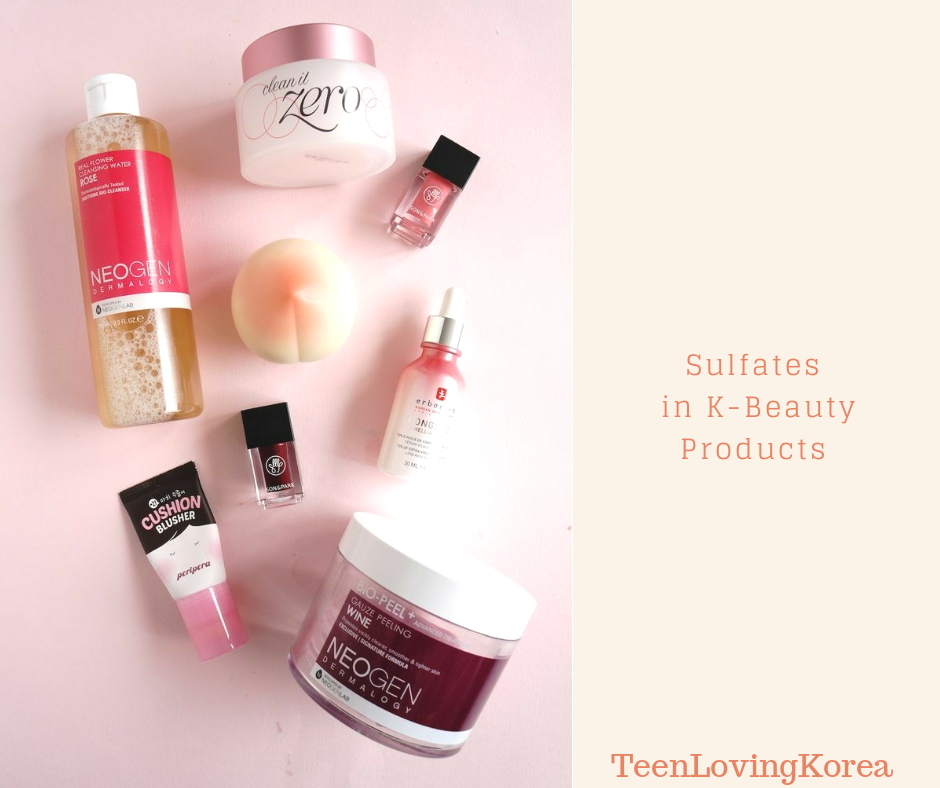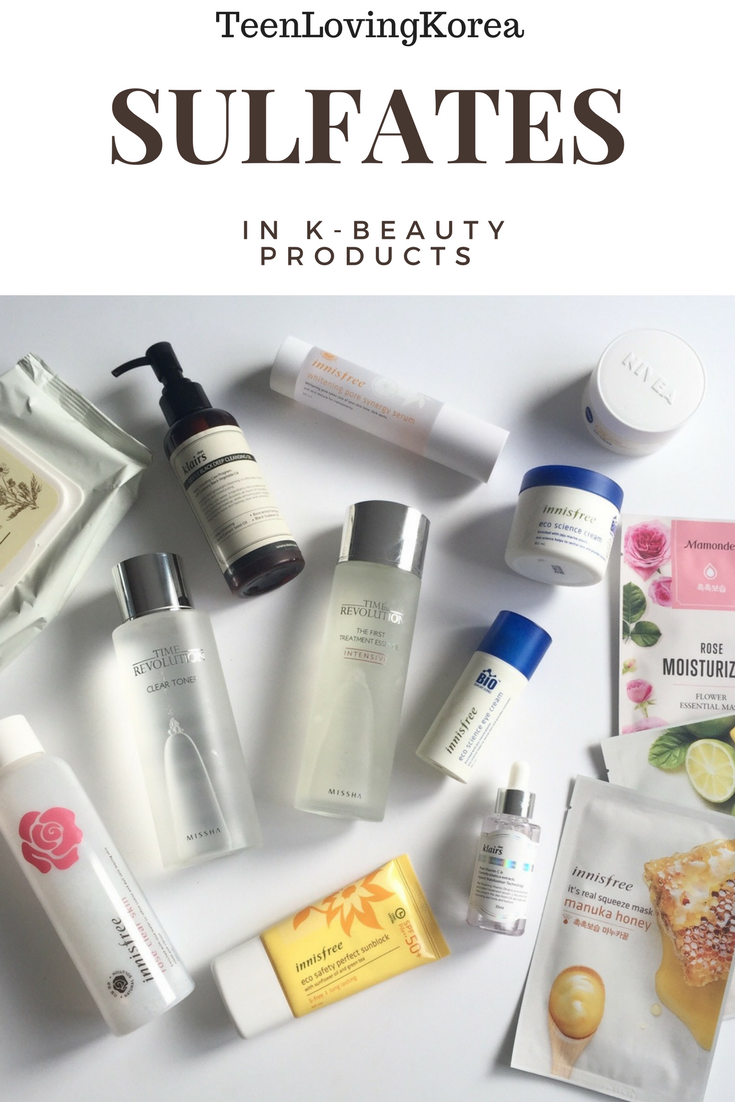What exactly are sulfates?
Sulfates, as we know them in beauty products, actually belong to an organic compound class called “organosulfates” made from sulfate mineral salts (actual sulfates are nonorganic and used in other non-cosmetic industries, so we should focus on organosulfates here). They are actually surfactants and are both hydrophilic and hydrophobic – that means they attract both water and oil or dirt. This makes them a popular choice in cleansers and cleaning products and also as foaming agents.
The typical sulfates we can find in our products include (namely cleansers and shampoos):
• Sodium lauryl sulfate (SLS)
• Sodium laureth sulfate (SLES)
• Ammonium lauryl sulfate
• Sodium lauryl sulfoacetate
• Sodium lauroyl isoethionate
• Sodium lauroyl taurate
• Sodium cocoyl isoethionate
• Sodium lauroyl methyl isoethionate
• Sodium lauroyl sarcosinate
• Disodium laureth sulfosuccinate
The most popular in facial cleansers are SLS and SLES. There are more than this of course but I basically listed the most common ones as far as I understand.
How do I recognize them in the ingredients?
The name usually has the word “sodium” at the beginning as it is indeed a mineral salt, although some also have “ammonium” at the beginning. The suffix “-ate” at the end of these ingredients can also indicate the presence of a sulfate, if the word “sulfate” itself isn’t there. Sometimes it takes a while to identify an ingredient so take your time.
Are sulfates as bad for my skin as people say they are?
Sulfates are actually one of the ingredients that get a lot of bad press although they do nothing more than potentially cause sensitized skin (where the skin becomes sensitive through irritation and gets worse with prolonged exposure to the irritant) and dryness, which is also what a lot of other ingredients can do. Curtly said, sulfates work really well as cleansers but a little too well, as they can strip away your skin’s moisture barrier and lead to the issues of dryness and irritation.
SLS and SLES are both acknowledged and known officially as irritants because they irritate the eyes and mouth area and have also shown to irritate the skin with concentrated 24 hour patch tests. The less irritating of the two is SLES, which is less harsh than SLS and is often to go-to SLS alternative.
I react to sulfates. What should I do?
You can try some amazing and affordable sulfate-free products, and there are plenty out there for sensitive folks! Keep in mind that the sulfate alternatives used in these products work the same way as sulfates and will have the same hydrophobic and hydrophilic structure in order to cleanse properly. They are also known to irritate the eye, mouth and the skin with concentrated 24-hour patch tests. So if you’re not specifically sulfated sensitive but are generally sensitive, you may find that the alternative products won’t help.
If you still react, make sure that you are using the cleansing product properly, as in:
• Rinsing your face/hair properly and taking the time to make sure all product is washed away
• Use a pH neutral cleanser
• You are using a cleanser suited to your skin type (e.g. you’re not using an anti-oil or anti-sebum cleanser when you suffer from extremely dry skin)
• Your reaction isn’t from another product/ingredient in your routine – test it out and try to determine if it is indeed your cleanser or not
• Have a dermatologist test your skin for specific irritants or allergens that cause your reaction.
Also important to know is that some companies claim to be “sulfate-free” but actually still use lesser known sulfates in their products. So again, check and study that ingredient list!
I don’t react to sulfates though. What should I do?
Well, that’s just great! However, there are some things to watch out for. I find that in K-Beauty, the brands and their formula scientists already know about the dangers of many ingredients and create already impressively healthy products for the skin.
But to keep yourself in the minimal-irritant-zone, check the ingredient list to make sure that it’s SLS, if it has any, is not in the top 3 of the ingredient list. Being in the top 3 would mean it has a higher concentration, which isn’t only just potentially risky, but it’s also quite a shame considering that you’d expect better and more skin-beneficial ingredients in your top 3 ingredients rather than the riskiest form of cosmetic sulfate.
Also, never say never. If your skin suddenly gets irritated, take a good look at your cleanser first before anything else.
This is all too much! Should I worry about product choice now?!
No! You and only you can know what your skin can handle! Don’t let articles and blogs online scare you! Knowledge is power, and once you know the truth of an ingredient, you can balance out the pros and cons yourself.
Don’t worry too much if your favorite products have sulfate in them or if you don’t know what to make of the whole subject. Just know the risks and know what options are available to you. If you like a product and it works for you, then just keep enjoying it!
What I really want to say is: if you don’t react badly to it, then don’t be scared of it.
Let’s put it this way:
》Sulfates have been known to irritate the mouth and eyes, which is to be expected from common sense – just keep cleanser out of your eyes and mouth!
》 The amount of sulfate used in our K-Beauty products are minimal and not enough to do instant damage, otherwise the product wouldn’t be sellable.
》 Skin irritation tests were also conclusive after a 24-hour patch test, and no one cleanses for 24 hours.
》Those that have a recognized reaction to sulfate will absolutely have a sensitivity to it or be allergic to it, so also respect those that want to live sulfate free. Each skin is different! I’m personally unable to use toothpaste with SLS in it because I get mouth sores, so I have to buy a more expensive non-SLS brand. When people ask me why they think I’m overreacting! So take intolerances seriously no matter what the product or what people say.
Sulfate-free product examples:
Whamisa Organic Flowers Cleansing Water
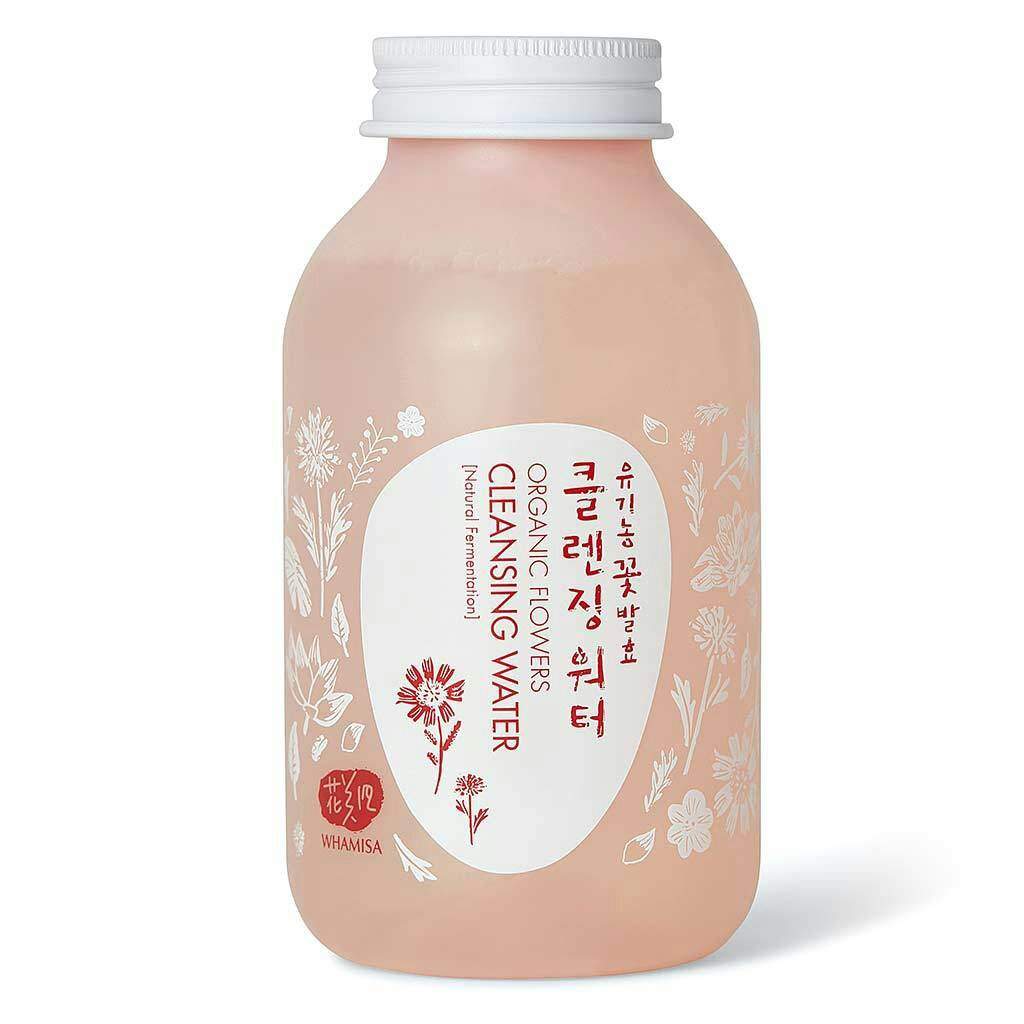
Aloe Maculate Leaf Extract, Diglycerin, Glycerin, Caprylyl/Capryl Glucoside, Alcohol, Lactobacillus/Chrysanthemum Sinese Flower Ferment Filtrate, Lactobacillus/Nelumbo Nucifera Flower Ferment Filtrate, Lactobacillus/Taraxacum Officinale (Dandelion) Rhizome/Root Ferment Filtrate, Lactobacillus/Aloe Maculata Leaf/Molasses Ferment Filtrate, Sodium Hyaluronate, Betaine, Beta-Glucan, Mannitol, Levulinic Acid, Sodium Levulinate, Scutellaria Baicalensis Root Extract, Paeonia Suffruticosa Root Extract, Glycyrrhiza Glabra (Licorice) Root Extract, Rosmarinus Officinalis (Rosemary) Leaf Oil, Aniba Rosaeodora (Rosewood) Wood Oil, Citrus Aurantium Bergamia (Bergamot) Fruit Oil (Certified Organically Grown Natural Preservative/ Bergamot Oil Bergaptene Free)
Nature Republic Forest Garden Chamomile Cleansing Oil
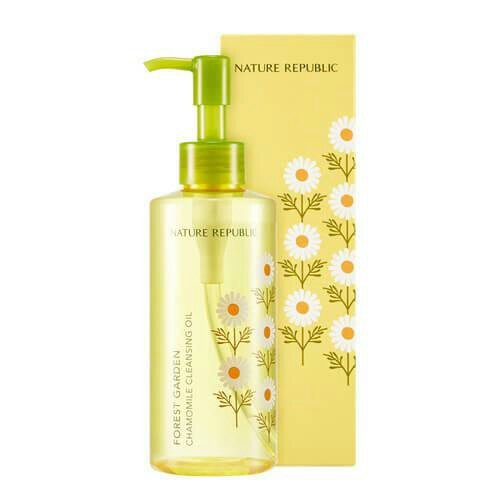
MINERAL OIL, MACADAMIA INTEGRIFOLIA SEED OIL, PEG-20 GLYCERYL TRIISOSTEARATE, CETYL ETHYLHEXANOATE, PEG-10 ISOSTEARATE, WATER, CARTHAMUS TINCTORIUS (SAFFLOWER) SEED OIL, SIMMONDSIA CHINENSIS (JOJOBA) SEED OIL, ANTHEMIS NOBILIS FLOWER WATER, DICAPRYLYL CARBONATE, C12-15 ALKYL BENZOATE, ISOPROPYL MYRISTATE, ISOHEXADECANE, TOCOPHERYL ACETATE, BHT, BENZYL ALCOHOL, DEHYDROACETIC ACID, FRAGRANCE (PARFUM)
Innisfree Green Tea Cleansing Foam
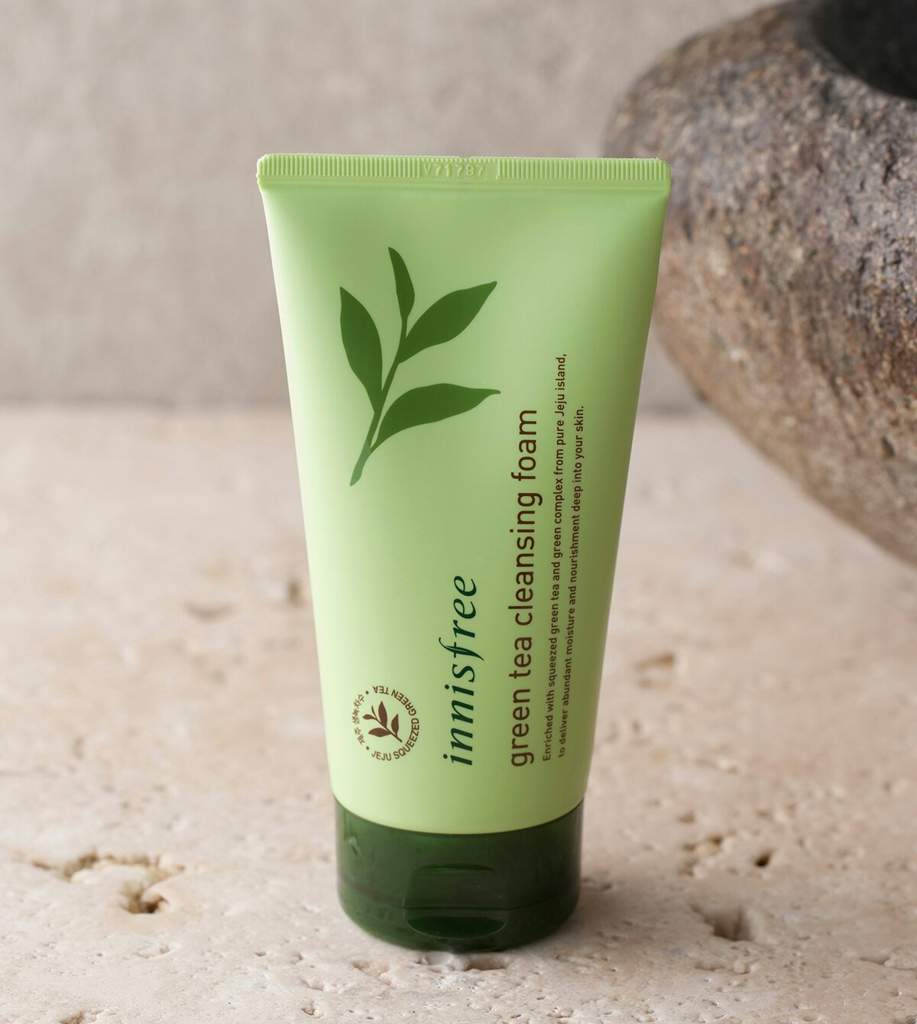
Glycerin, Green Tea Extract18%, Stearic Acid, Myristic Acid, Purified Water, PEG-32, Potassium Hydroxide, Kaolin, Lauric Acid, Propanediol, Glyceryl Stearate, Cocamidopropyl Betaine, Grapefruit Extract, Orange Extract, Orchid Extract, Citrus Unshiu Peel Extract, Camellia Japonica Leaf Extract, Opuntia Coccinellifera Fruit Extract, Citrus Tangerina (Tangerine) Extract, Citrus Aurantium Bergamia (Bergamot) Fruit Extract, PEG-100 Stearate, Disodium EDTA, Trehalose, Sodium Benzoate, Perfume
Whamisa Organic Seeds Shampoo
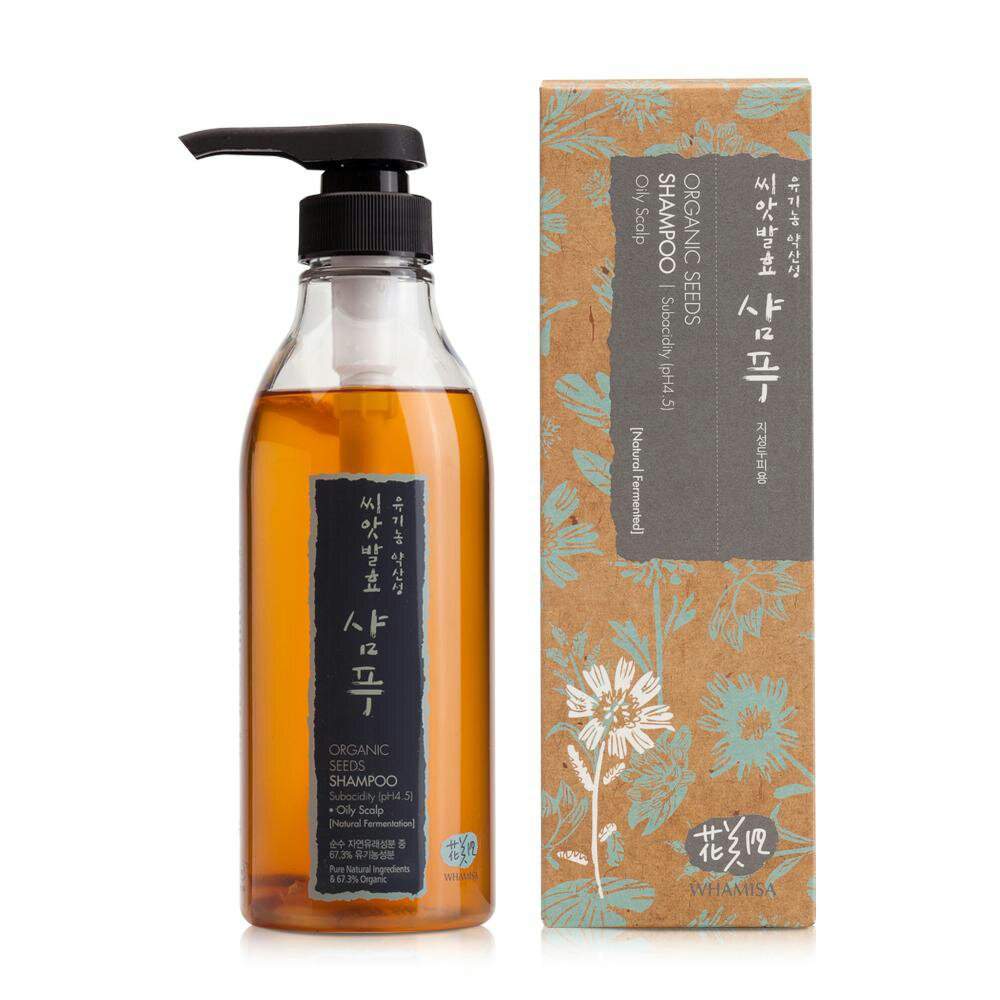
Hordeum Vulgare Seed Extract, Palm Kernel/Coco Glucoside, Decyl Glucoside, Lauryl Glucoside, Pyrus Malus (Apple) Fruit Extract, Corylus Avellana (Hazel) Seed Oil, Alcohol, Camellia Japonica Seed Oil, Caprylic/Capric Triglyceride, Lactobacillus/Rice Ferment Filtrate, Lactobacillus/Avena Sativa (Oat) Kernel Ferment Filtrate, Lactobacillus/Glycine Soja (Soybean) Ferment Filtrate, Lactobacillus/Phaseolus Radiatus Seed Ferment Filtrate, Lactobacillus/Ginger Root Ferment Filtrate, Allium Cepa (Onion) Bulb Extract, Lactobacillus/Sesamum Indicum (Sesame) Seed Ferment Filtrate, Scutellaria Baicalensis Root Extract, Paeonia Suffruticosa Root Extract, Acorus Calamus Root Extract, Menthol, Glycyrrhiza Glabra (Licorice) Root Extract, Salicylic Acid, Rosmarinus Officinalis (Rosemary) Leaf Oil, Mentha Piperita (Peppermint) Oil, Chamaecyparis Obtusa Oil, Fragrance, Anemarrhena Asphodeloides Root/Stem
